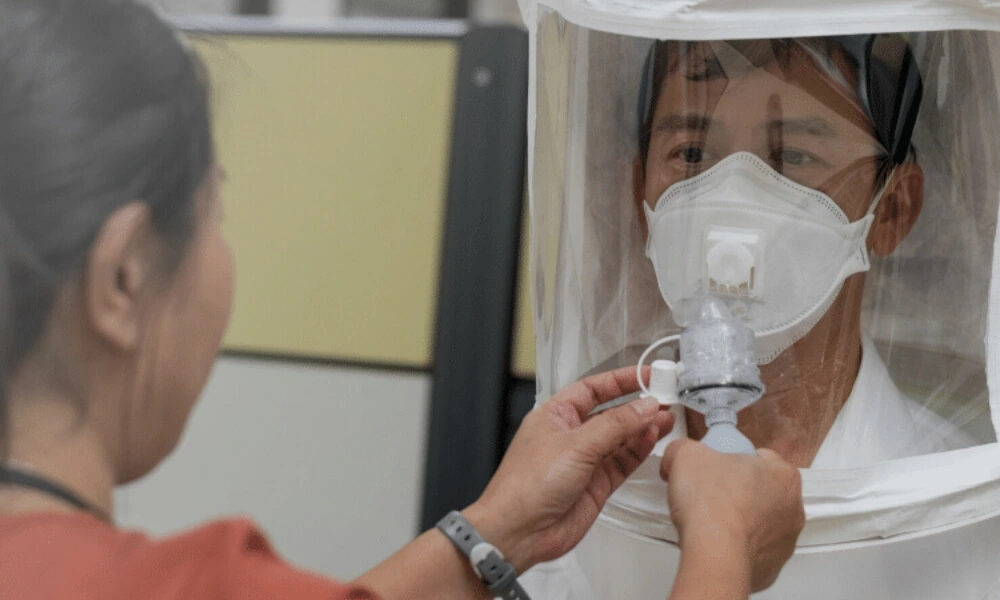In an ever-evolving industrial landscape, the importance of personal protective equipment cannot be overstated. Among these, respirators are vital shields, safeguarding workers from harmful airborne contaminants that could have severe health repercussions. However, the mere act of wearing a respirator isn’t a guarantee of safety. It must fit perfectly, forming an effective seal against the user’s face to function optimally. Enter the world of respirator fit testing—a critical process ensuring these lifesaving devices’ efficacy and compliance with established standards.
This comprehensive guide will delve into the intricacies of fit testing, its significance, types, and the essential steps organizations must take for continued compliance. Whether you’re an employer, a safety officer, or a curious individual, join us as we unpack the essentials of ensuring safety and adherence to regulations regarding respirator use.
Why is Respirator Fit Testing Essential?
Respirator fit testing is a cornerstone in occupational health and safety, transcending its role as a regulatory requirement. Let’s delve deeper into the paramount reasons behind its significance.
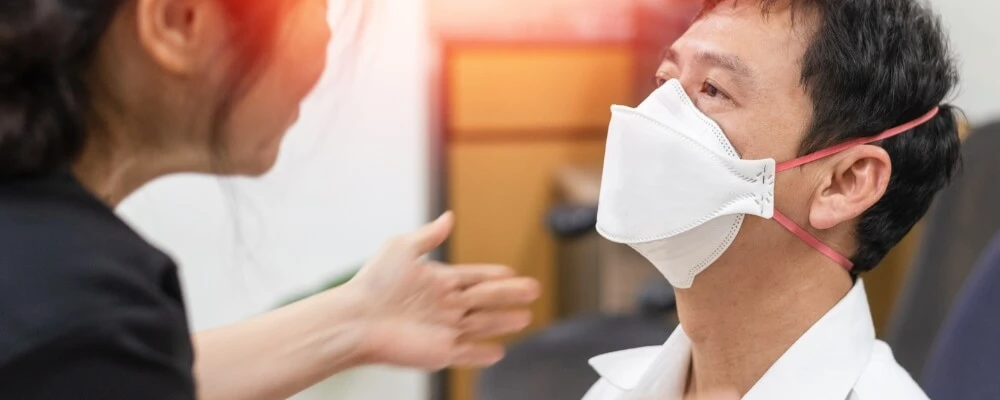
1. Protection against contaminants
The primary function of a respirator is to act as a barrier against harmful contaminants in the air. A properly fitting respirator ensures no gaps or weak spots where hazardous particles or gases might seep through. Even the smallest breach in the seal can compromise the safety provided by the respirator.
For example, a minor leakage could lead to severe health complications or fatalities in environments with toxic gases. Fit testing ensures the respirator forms a tight seal on the user’s face, offering genuine protection against potential threats.
2. Comfort and Compliance
Comfort isn’t just a matter of personal preference regarding safety equipment—it’s a determinant of how consistently and willingly workers use it. An ill-fitting respirator can cause discomfort, leave marks, cause difficulty in breathing, or even lead to skin irritations. If workers find their respirators bothersome, they might avoid using them altogether or may not wear them correctly.
This reduced compliance defeats the purpose of having protective equipment in the first place. Ensuring a proper fit makes workers more likely to wear their respirators correctly and consistently, safeguarding their health in hazardous environments.
3. Performance assessment
Like all equipment, respirators can undergo wear and tear, and their efficiency might degrade over time. Regular fit testing isn’t just about checking the fit; it’s also an opportunity to assess the overall performance of the respirator. For instance, the elasticity of straps might decrease, or the sealing area might get deformed with prolonged use.
Periodic fit testing helps identify such issues early on, allowing for timely replacements or adjustments. Furthermore, it offers a chance to retrain workers and ensure they are well-acquainted with the latest best practices in respirator usage.
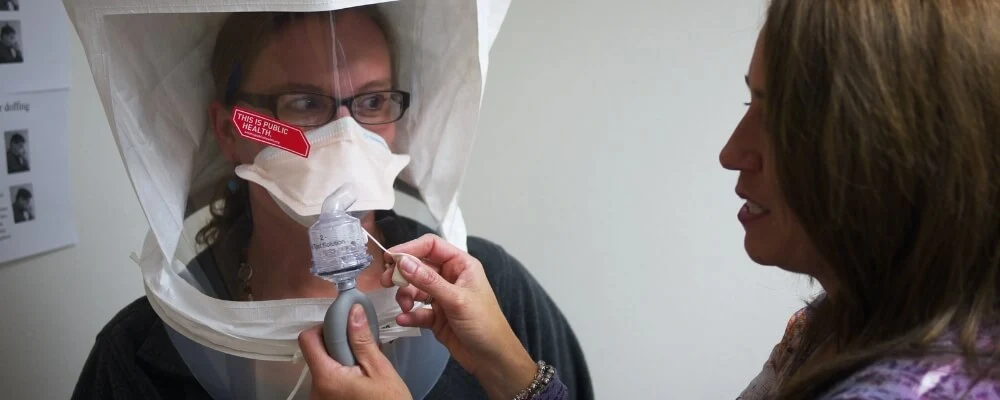
When is Respirator Fit Testing Required?
OSHA’s stringent standards on respirator fit testing testify to the agency’s commitment to worker safety, particularly in environments where the air quality might pose serious health risks. Each of these requirements plays a critical role in ensuring a respirator’s effectiveness and the overall safety of the wearer.
1. Fit testing before initial use
Ensuring their respirator fits correctly before a worker is exposed to a potentially hazardous environment is imperative. This initial fit test sets the baseline for all future tests and ensures that the worker is adequately protected from day one. A properly sealed respirator can distinguish between a regular day at work and a life-threatening incident. By requiring a fit test before the first use, OSHA emphasizes the importance of immediate protection from harmful contaminants.
2. Annual testing
Our bodies, work environments, and even respirators can change over time. An annual fit test acts as a periodic checkpoint, ensuring that the respirator still fits the wearer snugly and offers optimal protection. The yearly frequency balances practicality and safety, giving workers the peace of mind that their equipment is up to standard without overly frequent disruptions to their routines.
3. Changes in physical conditions
Facial changes can significantly alter the way a respirator fits. Gaining or losing a substantial amount of weight, undergoing facial surgeries, or even major dental work like extractions can change the shape and contours of one’s face. Such changes might lead to gaps or alter the respirator’s seal, rendering it less effective. By mandating a fit test after such events, OSHA ensures that workers continue to receive the protection they need, even as their physical circumstances evolve.
4. Switching respirators
Not all respirators are made equal. Different makes, models, sizes, or types can fit vastly differently, even if they serve the same primary function. A worker might have been using a particular brand or model for years, but they could find that the new one fits differently upon switching. It’s essential to re-evaluate the fit whenever there’s a change in equipment to ensure continued safety and compliance with OSHA standards.
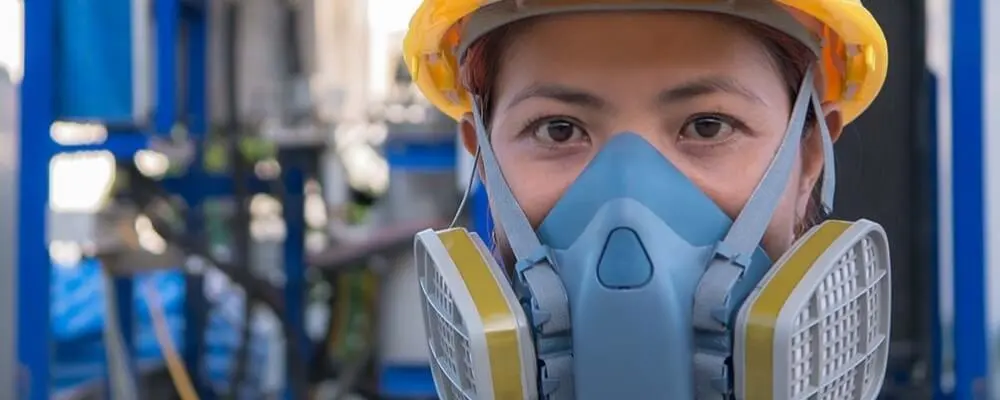
Types of Respirator Fit Tests
Respirator fit testing is essential to ensure that a respirator properly fits an individual’s face and effectively protects against airborne contaminants. There are two main types of respirator fit tests: qualitative fit testing and quantitative fit testing. Both methods assess the seal and fit of the respirator on the wearer’s face, but they use different techniques to achieve this goal.
1. Qualitative Fit Test (QLFT): A Detailed Overview
Suitability of QLFT
The Qualitative Fit Test, or QLFT, is a specialized method of ensuring the proper fit of a respirator to the wearer’s face. It’s particularly apt for specific scenarios:
- Negative-pressure, air-purifying respirators: When working in environments where the threat level is relatively low – specifically, where the hazard is less than 10 times the permissible exposure limit (PEL) – the QLFT method is a viable testing option. This means that if a harmful substance’s concentration in the air is not excessively high, QLFT can be reliably used.
- Tight-fitting facepieces: In situations where workers are equipped with powered respirators or those that supply a controlled atmosphere, the fit of the facepiece is crucial. QLFT ensures that these tight-fitting facepieces are snug and secure, providing maximum protection.
Procedure Involved in QLFT
The QLFT isn’t just about checking for a physical fit; it’s about the wearer’s sensory perception. It’s a pass/fail method, which means the respirator either fits well or doesn’t – there’s no in-between. This test capitalizes on our natural senses, using one of the four OSHA-approved agents:
- Isoamyl acetate: Recognizable by its distinct banana-like smell, this agent tests whether any odor leaks into the respirator. If the wearer detects this aroma, it indicates a potential breach in the respirator’s seal.
- Saccharin: This substance has a sweet taste. During the test, if the wearer perceives this sweetness, it’s a sign that the respirator might not be fitting correctly.
- Bitrex®: This is notably bitter to taste. Like the saccharin test, the respirator’s fit may be compromised if the wearer tastes the bitterness.
- Irritant smoke: This test is quite straightforward. If the smoke finds its way into the respirator, it will cause an involuntary cough reflex in the wearer, signaling a fitting issue.
Exercises During QLFT:
To ensure the accuracy and reliability of the QLFT, wearers must engage in seven distinct exercises. These activities simulate various movements and scenarios a worker might encounter. From normal breathing to various head movements and even bending, these exercises challenge the respirator’s fit under different conditions, ensuring that the wearer remains protected no matter their activity level.
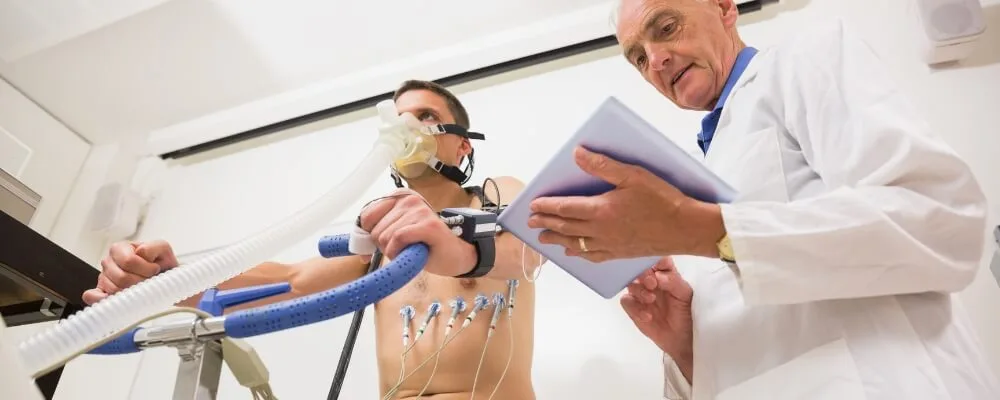
2. Quantitative Fit Test (QNFT): An In-depth Examination
Suitability of QNFT
The Quantitative Fit Test, abbreviated as QNFT, boasts a broad application range regarding respirator testing. Unlike its qualitative counterpart, QNFT is not limited by the hazard levels of the working environment. Its versatility shines as it’s aptly suited for any respirator that demands a tight fit to the wearer’s face. This ensures that regardless of the respirator model or type, QNFT is an appropriate method to confirm its adequacy if it needs to fit snugly.
Procedure Involved in QNFT
The distinguishing factor of QNFT lies in its approach to assessing the fit. Instead of relying on the wearer’s sensory perceptions, it uses specialized instruments to precisely measure leakage into the respirator. This method eliminates subjectivity and offers a numerical value known as the “fit factor.” This factor quantifies the seal’s integrity, indicating the respirator’s protective capability. OSHA recognizes three primary test protocols under QNFT:
- Generated aerosol: This method disperses a non-hazardous aerosol within a test chamber where the wearer is situated. Instruments then measure the aerosol concentration inside and outside the mask, determining the degree of penetration.
- Condensation nuclei counter (CNC): Leveraging ambient aerosol particles, the CNC protocol eliminates the need for a distinct test chamber. Instruments analyze the particulate concentrations within and outside the facepiece, measuring the mask’s effectiveness.
- Controlled negative pressure (CNP): This protocol stands out in its approach. Instead of introducing aerosols, it temporarily removes the air supply, creating a vacuum or negative pressure. The subsequent airflow into the mask due to this pressure difference is then measured to deduce the fit factor.
Exercises During QNFT
To ensure a comprehensive fit assessment under various conditions, the wearer undergoes a series of exercises akin to those in the QLFT. However, the QNFT incorporates an additional “grimace” test. In this, the wearer is instructed to smile or frown forcefully briefly. This test is designed to challenge the respirator’s seal under facial movements that can potentially create gaps or reduce the effectiveness of the fit. It underscores the importance of the respirator’s ability to maintain a tight seal, even when facial expressions change.
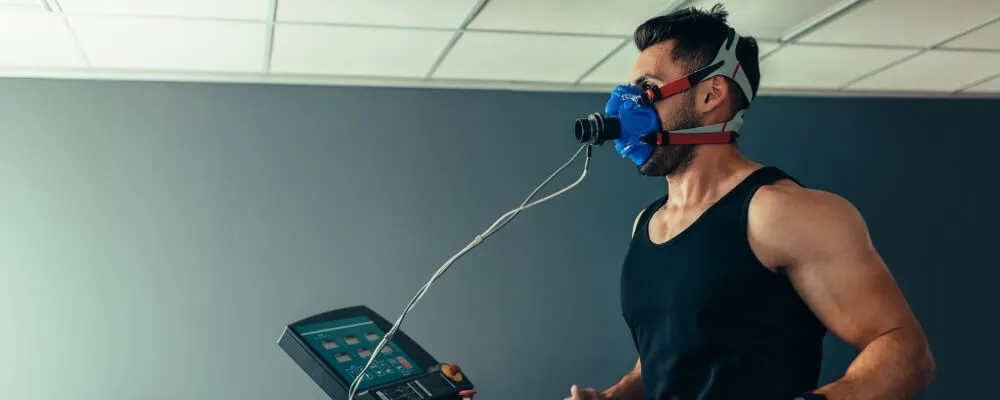
Ensuring Continued Compliance: The Ongoing Commitment to Respirator Safety
After successfully conducting initial fit testing, the responsibility of an organization doesn’t end there. In fact, ensuring the safety of workers in environments that require respirators is an ongoing commitment that demands consistent attention and action.
Regarding regular fit checks, this isn’t just a cursory procedure—it’s an essential daily ritual. Before each use, workers must take a few moments to ensure their respirator is seated correctly on their face. These checks, often called seal checks, are integral to confirm that no gaps or misalignments exist between the respirator and the face.
Even the slightest misfit can compromise the protective integrity of the equipment, potentially exposing the wearer to hazardous substances. Hence, empowering workers to routinely perform these checks instills a culture of individual responsibility and self-awareness as they actively participate in their safety measures.
Training forms another cornerstone of continued compliance. Knowledge is, indeed, power. Educating workers about the nuances of their protective equipment means equipping them with the tools to make informed decisions. They should understand not just the mechanics of wearing a respirator but also be aware of its limitations.
For instance, a worker should know in what environments or under which conditions their specific respirator might not provide adequate protection. Additionally, understanding how to maintain and clean respirators ensures their longevity and consistent performance. Regular training sessions, refresher courses, and hands-on demonstrations can be instrumental in keeping this knowledge fresh and top of mind.
Lastly, the dynamic nature of workplaces and the evolving challenges they present call for consistent evaluations of the fit-testing process itself. As new respirators are introduced to the market or work environments change, ensuring that the fit testing process remains relevant and effective is essential. Procedures might need periodic updating or refining to cater to the specific needs and challenges of the workforce.
These evaluations shouldn’t be seen as a mere bureaucratic step but rather as a proactive measure to continuously elevate safety standards. By fostering a continuous improvement and adaptation culture, organizations ensure their workers’ physical well-being and reinforce their commitment to prioritizing employee health and safety.
Conclusion
In the panorama of occupational safety, the minute details often hold profound importance. Respirator fit testing exemplifies this, where a small lapse in fit can translate to significant health risks for workers. As we’ve journeyed through the nuances of fit testing, its evident role in safeguarding health and ensuring regulatory compliance becomes undeniably clear. For organizations, committing to rigorous fit testing is about adhering to standards and valuing the well-being of their most precious asset – their employees.
As industries evolve and workplace dynamics change, the foundational principles of safety and compliance remain unwavering. Embracing rigorous respirator fit testing is a testament to an organization’s dedication to these principles, making workplaces safer and more resilient.

